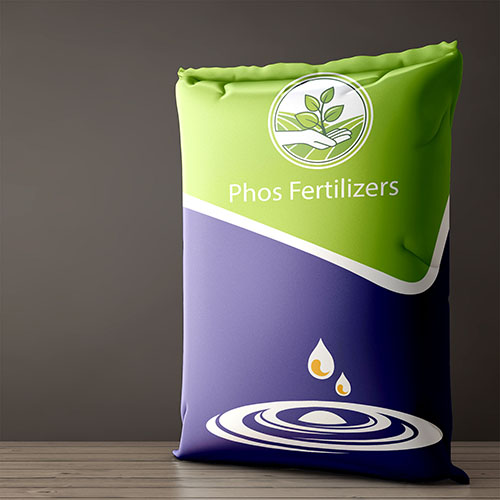Welcome to PhosFertilizers, we hope you will enjoy our products and have good experience
Liquid Phosphorus
Liquid Phosphorus

Liquid Phosphorus use is very expensive and can harm the environment if not used correctly. Therefore, before adding Liquid Phosphorus , farmers send a soil sample to a laboratory for baseline testing. By testing their soil, farmers know which nutrients—and how much—to apply to the soil. If too little is added, crops will not produce as much as they should. If too much is added, or at the wrong time, excess nutrients will run off the fields and pollute streams and groundwater. So, while Liquid Phosphorus serve an important purpose, farmers must be careful to use the right amount, at the right time, to avoid potential negative effects to the environment.Nitrogen has earned its place at the head of the ‘NPK’ line due to its crucial importance to plant development and growth. Every protein in plants contains nitrogen, and it is involved in almost every process that plants undertake in their life cycle. Growing big leafy canopies and tall green stems are both processes that depend most strongly on nitrogen. We all remember from middle school science class that chlorophyll is responsible for the green pigment in plants and helps the plant carry out photosynthesis. Well, our buddy nitrogen is a key component of chlorophyll, Potassium plays an important role in helping plants store, harness, and regulate their energy. Additionally, water pressure within plant cells is regulated with the help of potassium. Throughout a plant’s life it needs to develop the capacity to store and utilize energy and water in order to help it withstand stress (derived from heat or cold, poor soil conditions, improper handling by impatient gardeners, or munching from critters). Potassium in all of its functions aids plants in their ability to respond to and overcome this stress. Potassium is proving to be an important player for me at my cut flower farm – as long, rigid stems require adequate amounts of potassium
